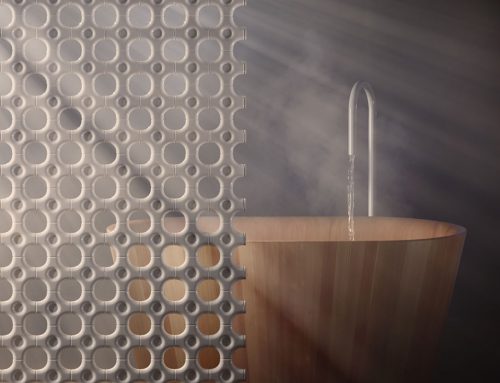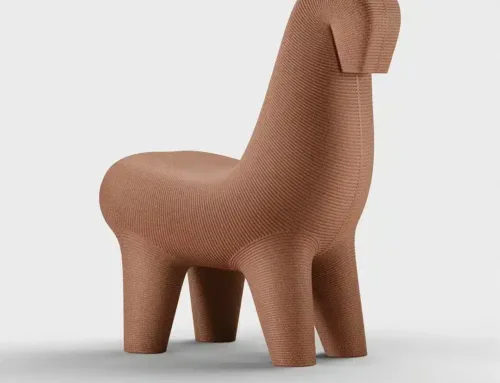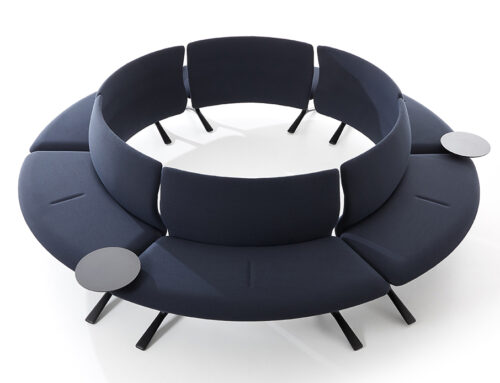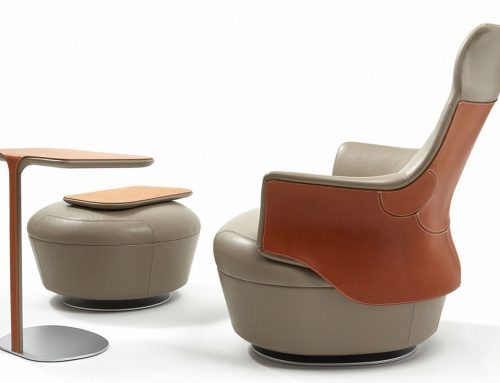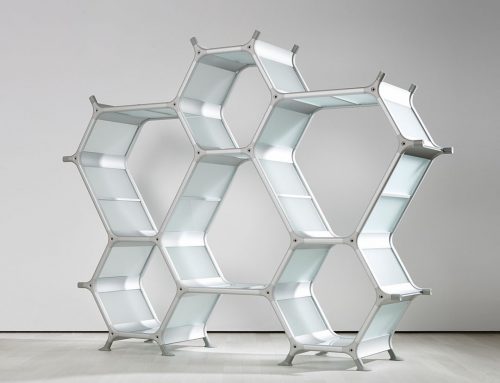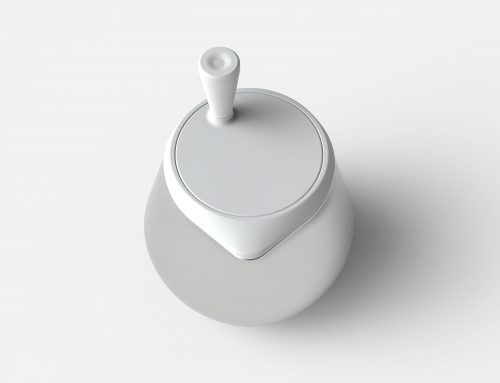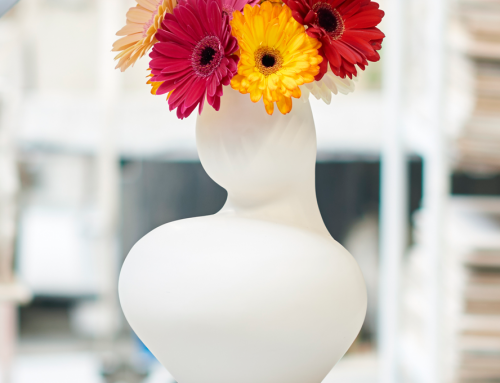Fish Chair
Indoor-Outdoor armchair
An easy chair enabling a comfortable, reclined posture, it can be used as a solo piece or in large groups, in domestic or public spaces, and in both indoor and outdoor settings. Made with rotational moulding, it is produced in seven different colours.
Poetic Analogies
“The aptitude for projecting the image of our functions upon the outside world and reading external reality on our own terms is ancient and profound. It is the primal way of interpreting the world through an act of self-identification. It is a way of humanizing the world through ‘poetic analogies’. Satyendra Pakhalé’s objects similarly open up the realm of poetic analogy by reflecting larger imaginative entities beyond themselves. The Fish Chair, or the B.M. Horse, Black-White Swan and Panther offer a continuous invitation to self-identification by allowing the mind to think analogically and matching the acquired knowledge with memory and imagination. The meaning of each Pakhalé object does not lie in the object itself, but in our experience of it, or better yet in the ‘reception’ charged with emotional and sensorial values and the ability to animate the inanimate. The perceived object becomes simultaneously a carrier of emotions, functions and analogies, triggering all the human senses, including the ‘sense of mind’.” — Tiziana Proietti
“One of the design icons of the third millennium, imagined by one of the few authors capable of truly speaking another language. He is determined to combine the never placated ideal of reaching big numbers, through true industrial production in order to improve people’s lives with a healthy drive towards the expressive pleasure of making a mark on one’s time with objects and gestures that are far from silent, never banal and always original in terms of form.”
— Beppe Finessi and Marva Griffin Wilshire
“Satyendra Pakhalé is a poet of form and materials. Even when his designs are industrial products, like the Fish Chair or the Add-On Radiator, they still have an appeal connected to form and materials. He loves working with many different materials – natural and artificial. Before starting the design of a product, he wants to know all about the possibilities and expressions of a given material. This has roots in his origins and he expresses it in a contemporary way. He is one of those rare designers who can mix this cultural DNA with a present-day sensibility. For design, it is important to make people smile and dream, and he does that with his projects. Experiencing his work is a joy. — Giulio Cappellini
